Operational Management: Leaders, Managers, and Efficiency Strategies
VerifiedAdded on 2023/02/02
|19
|971
|91
Report
AI Summary
This report provides an overview of operations management, focusing on the impact of leaders and managers in enhancing efficiency within an organization, using Unilever as a case study. It explores key approaches such as Six Sigma, the Theory of Constraints, 7 Quality Control Tools, and Total Quality Management (TQM). The report highlights the value and importance of operations management in achieving business objectives, emphasizing how leaders and managers implement strategies to ensure timely delivery, improve productivity, and increase product quality. Furthermore, it discusses how leaders can improve efficiencies by empowering employees, removing redundancies, improving collaboration, establishing incentive schemes and better communication, and concludes by summarizing the importance of transformational leadership in managing organizational situations.
1 out of 19
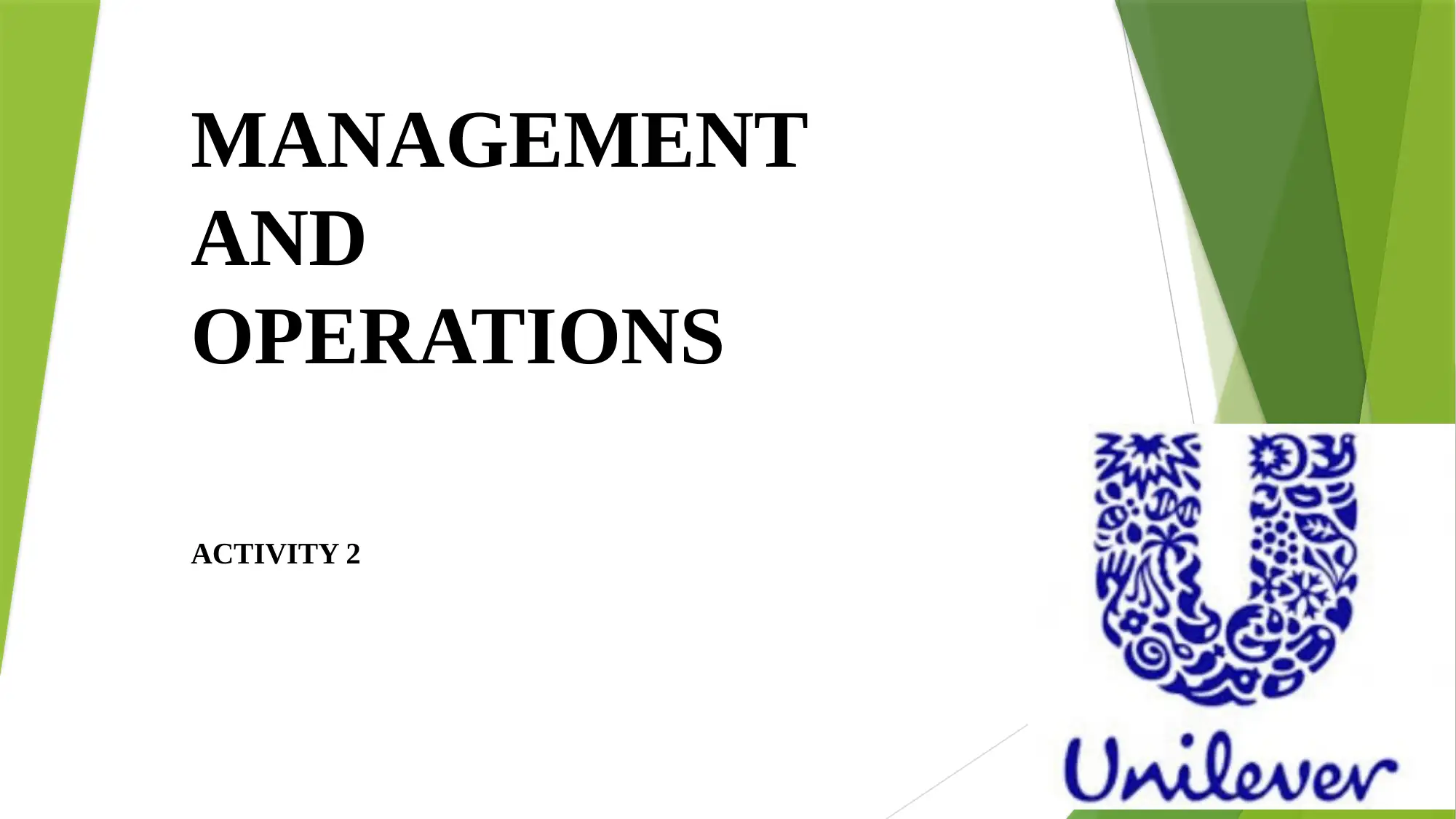
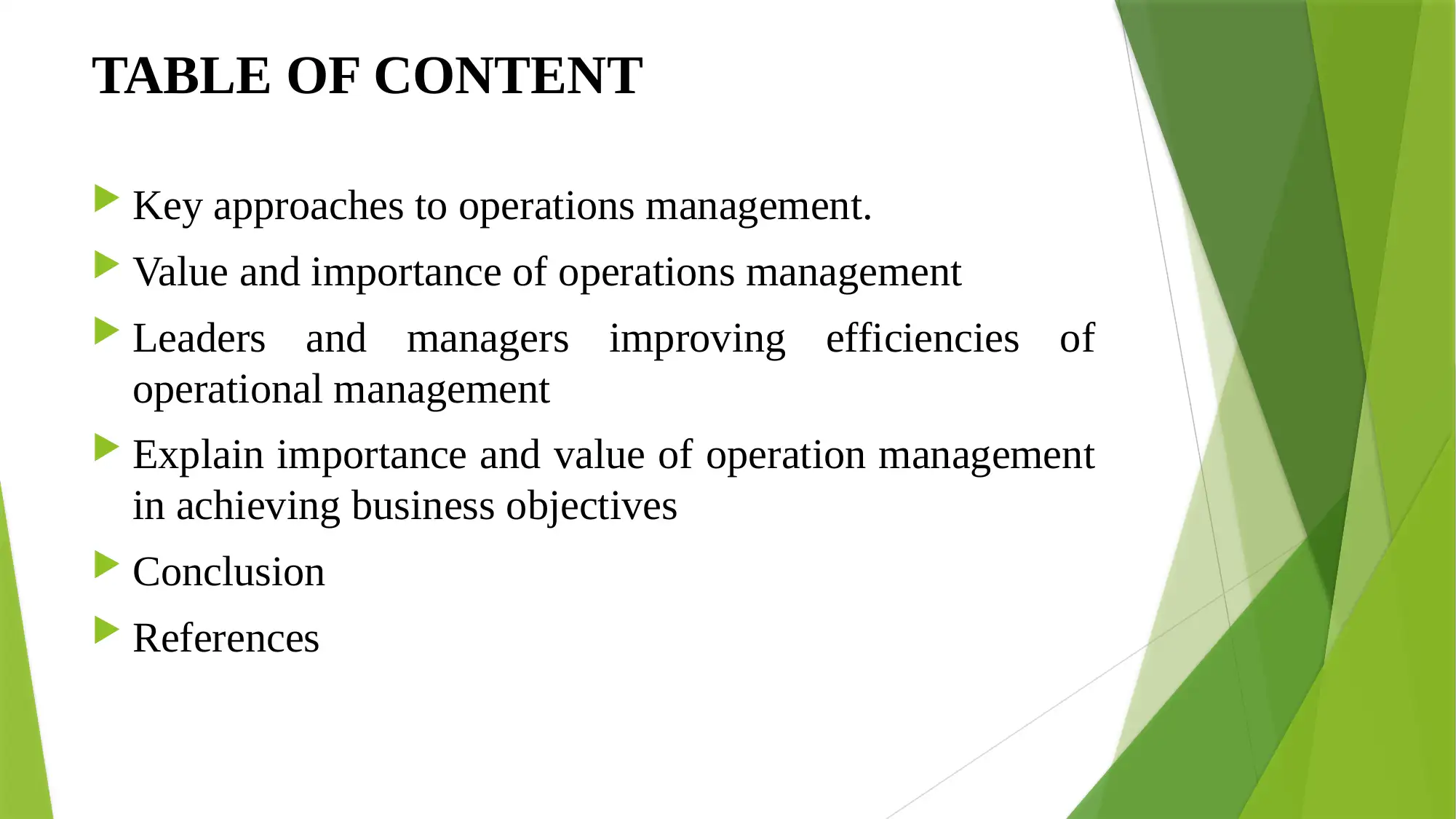
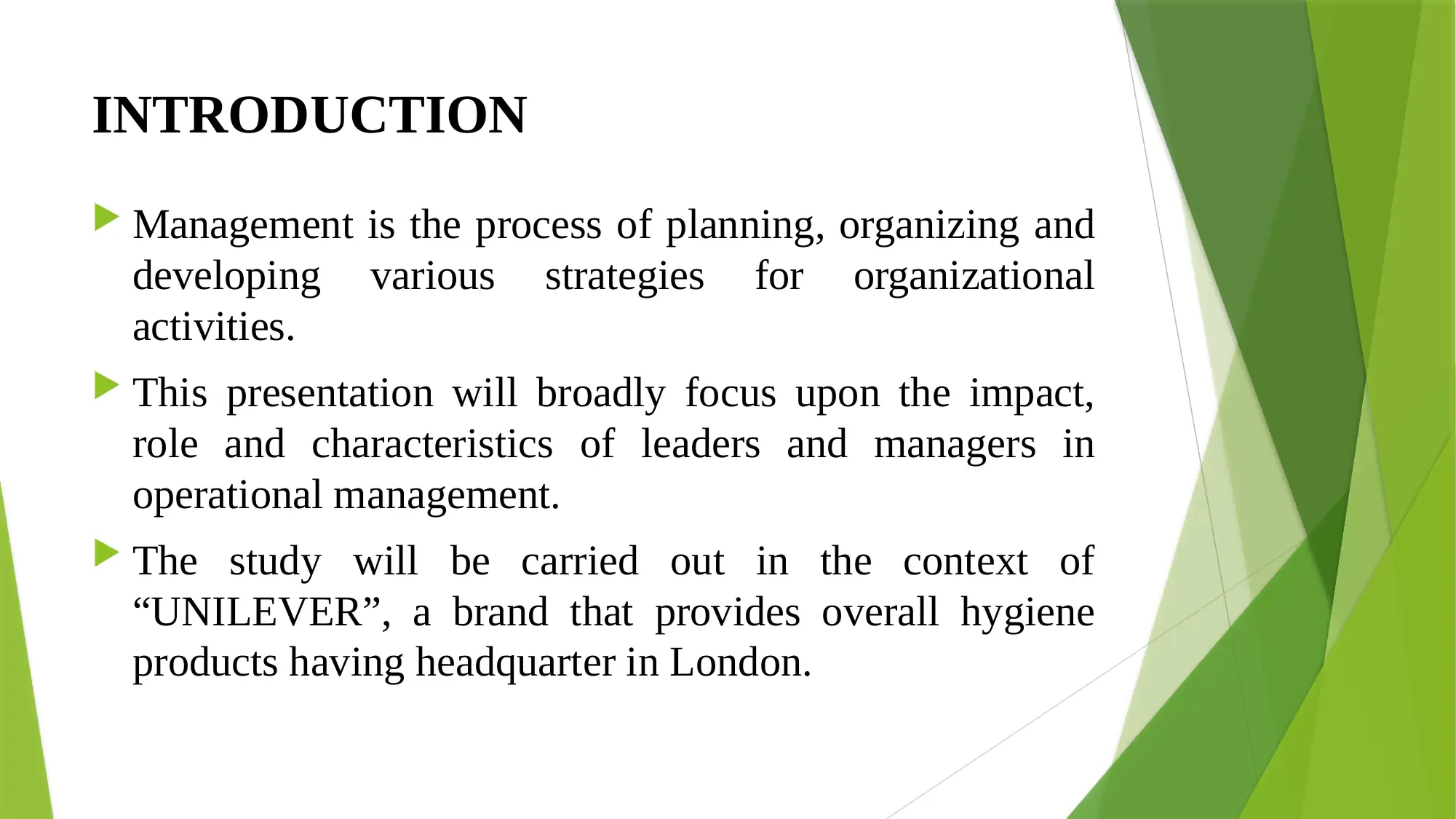


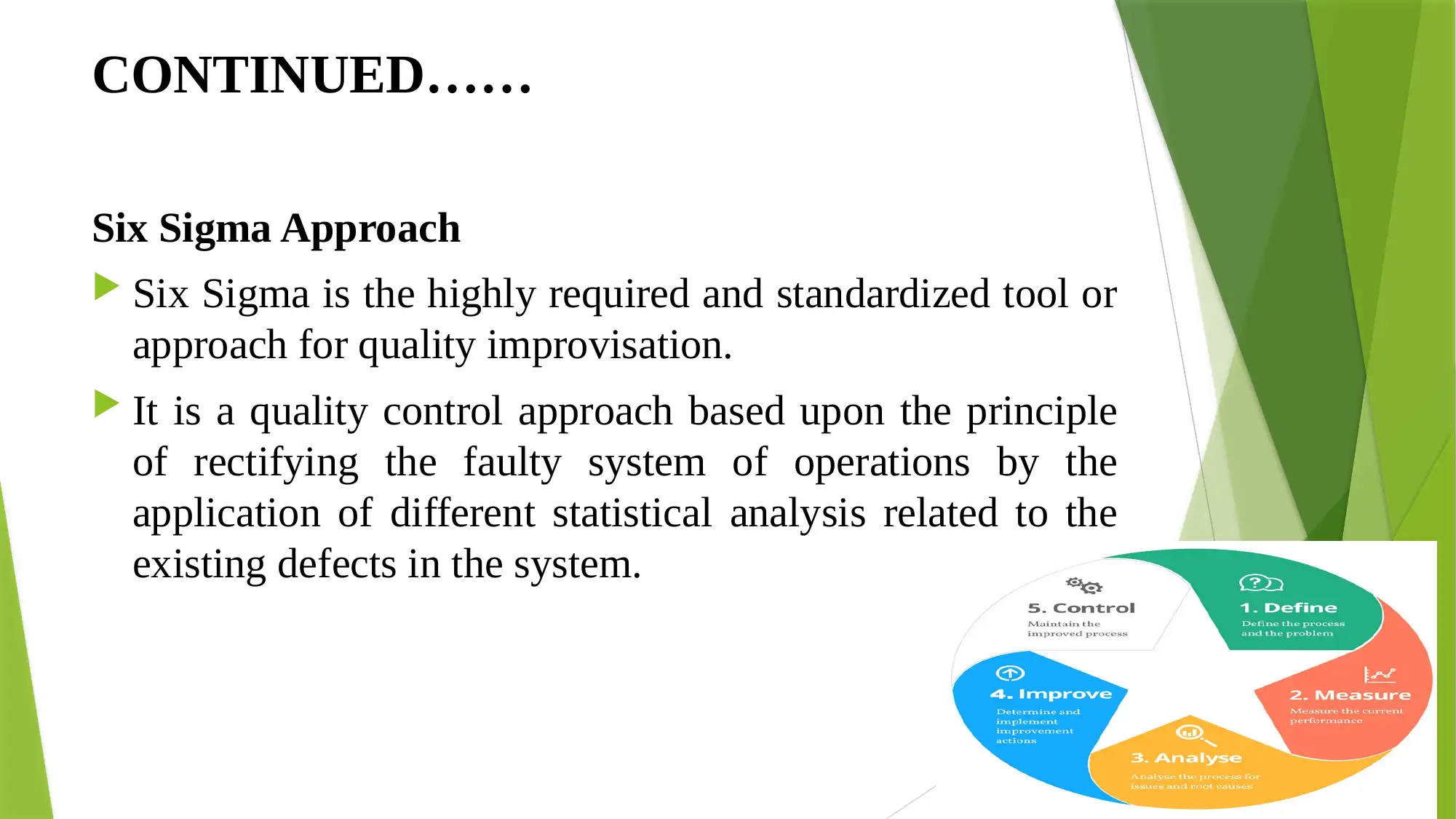
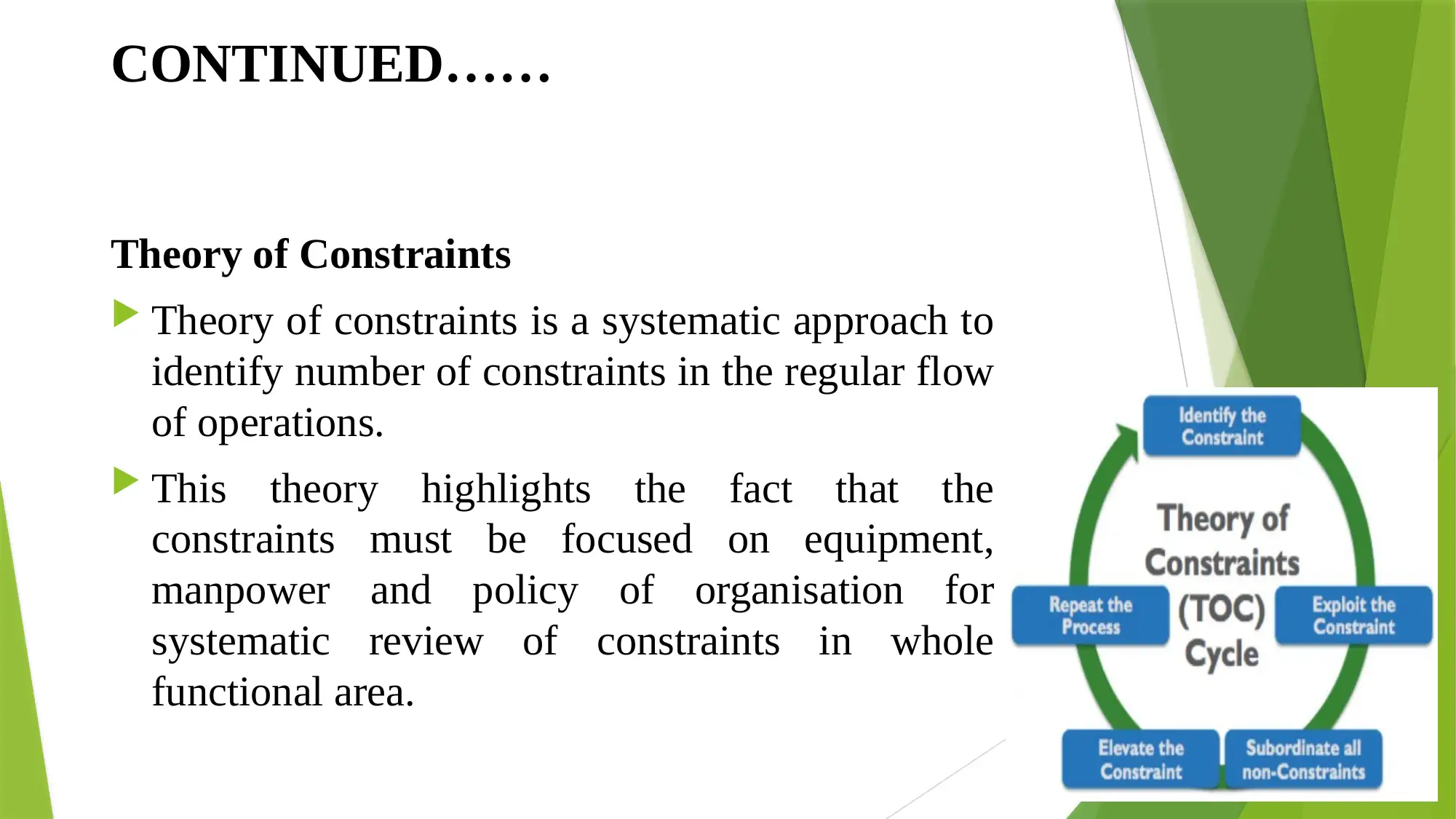
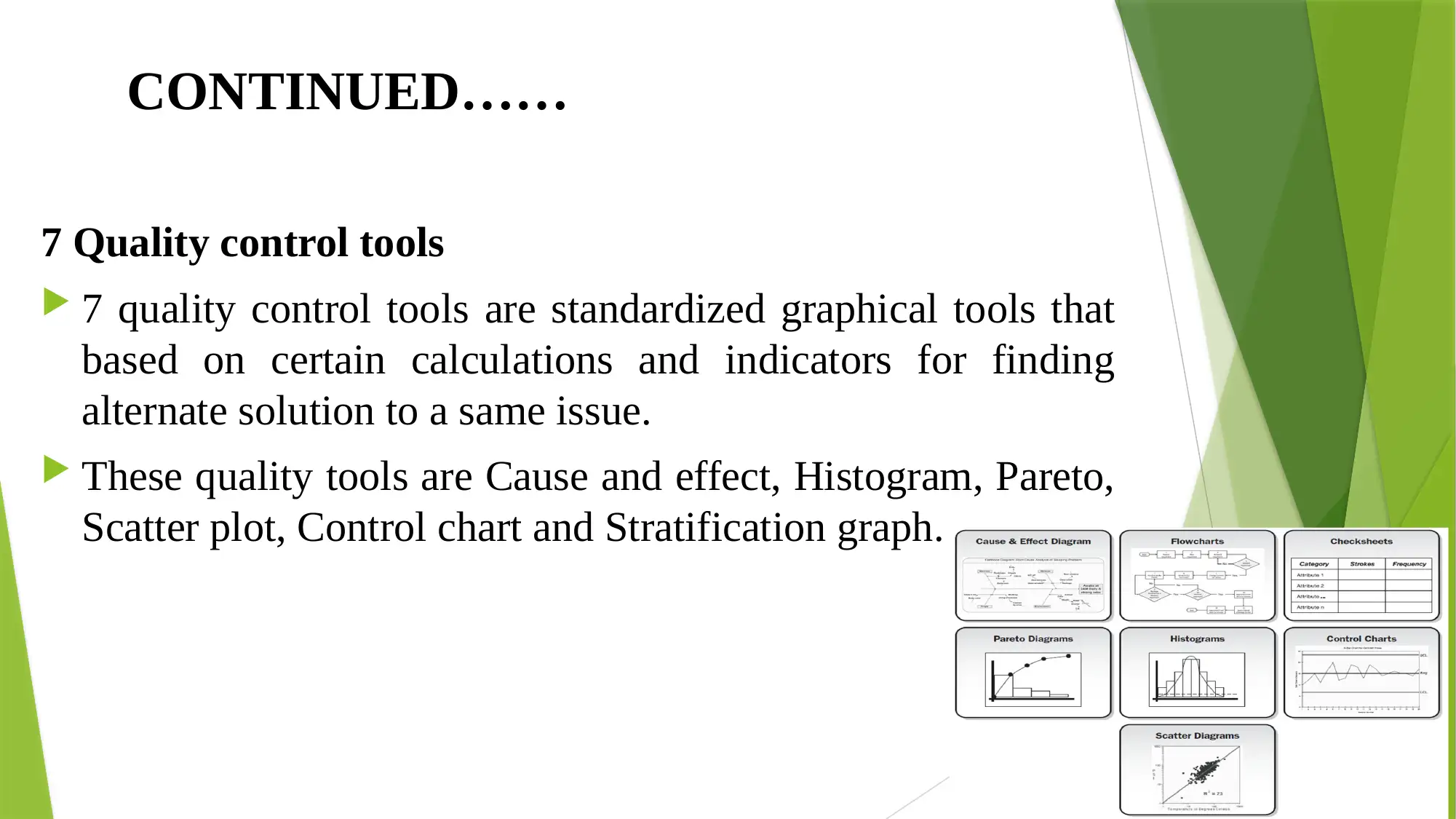
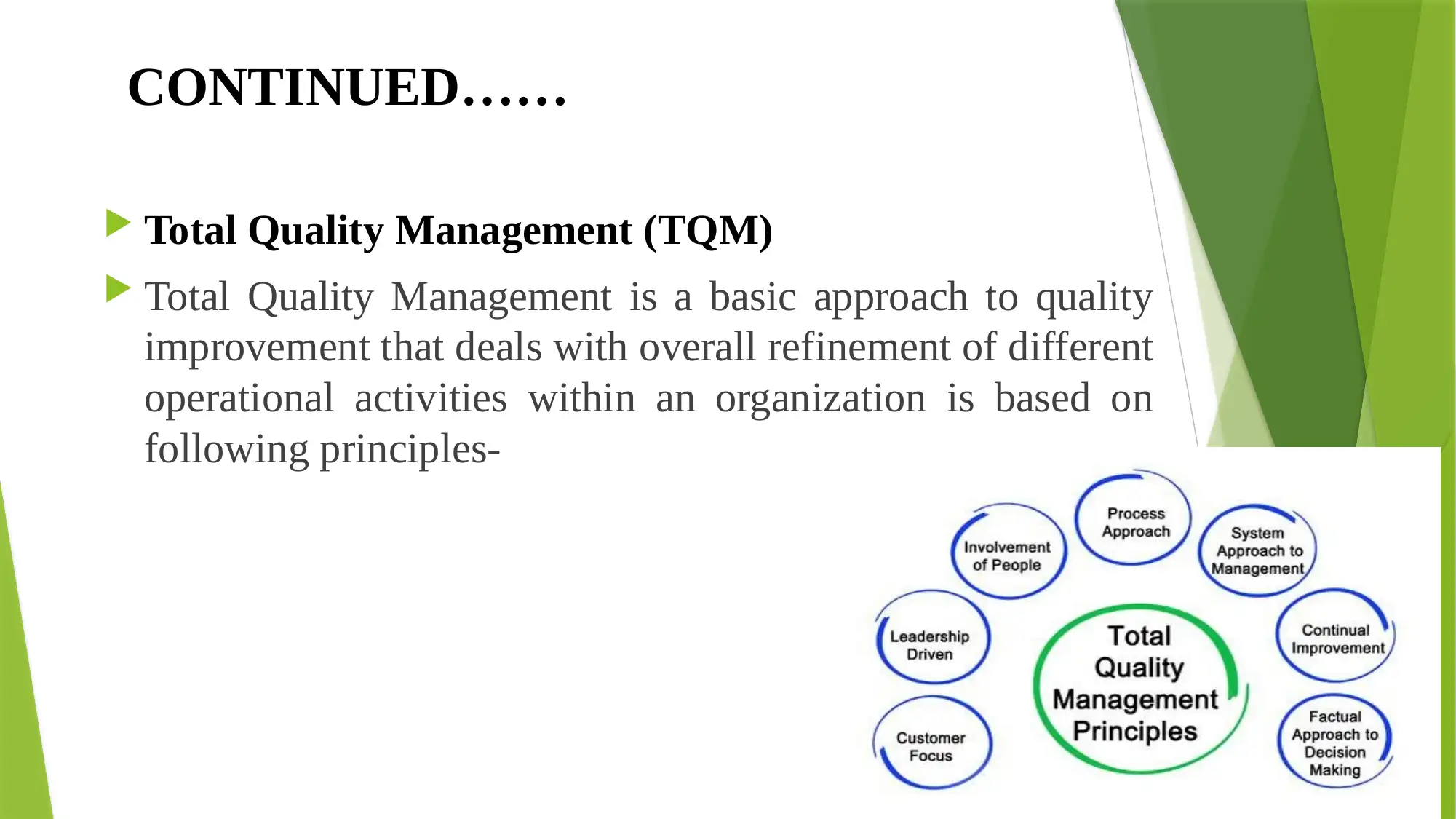

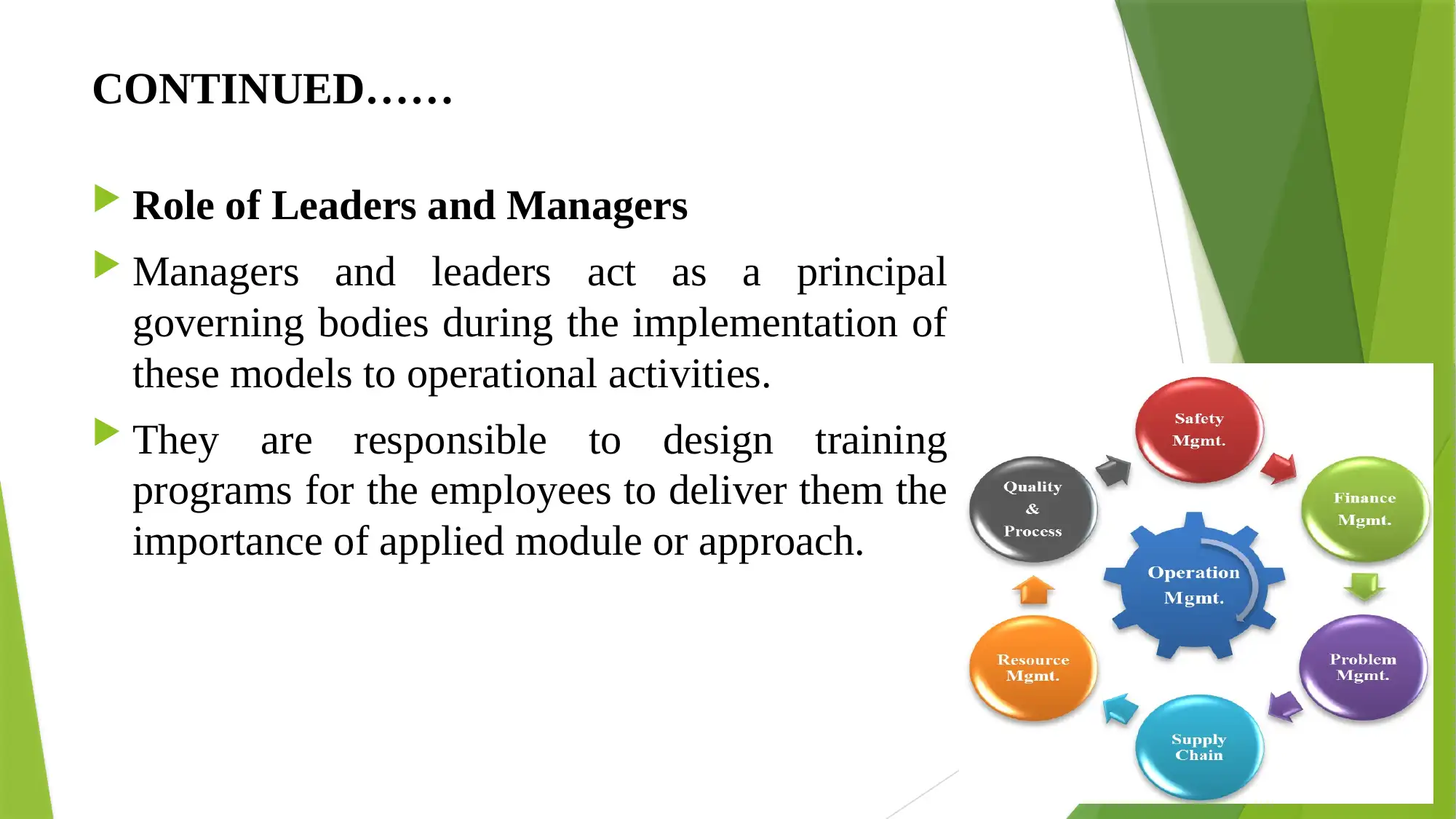
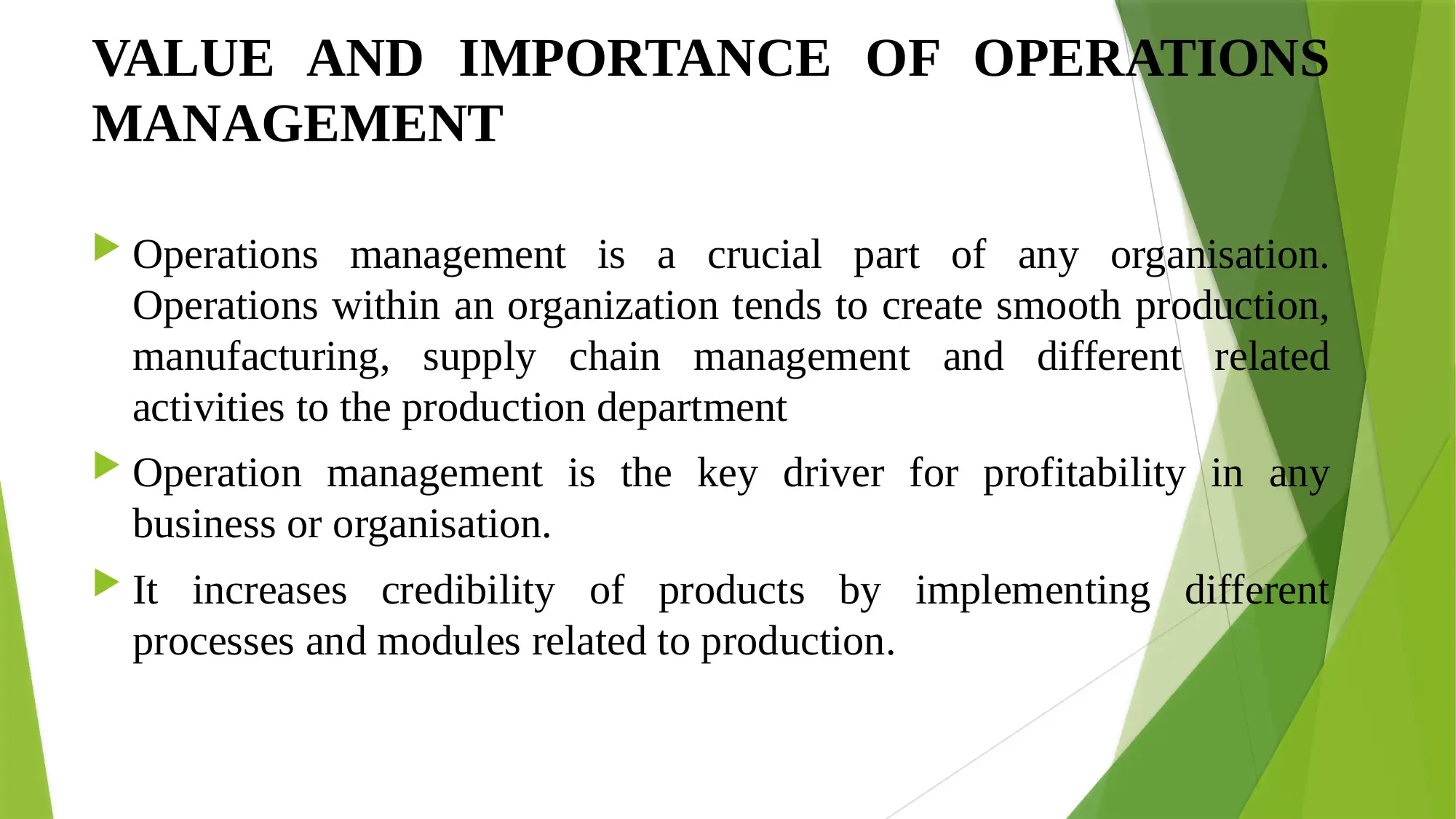
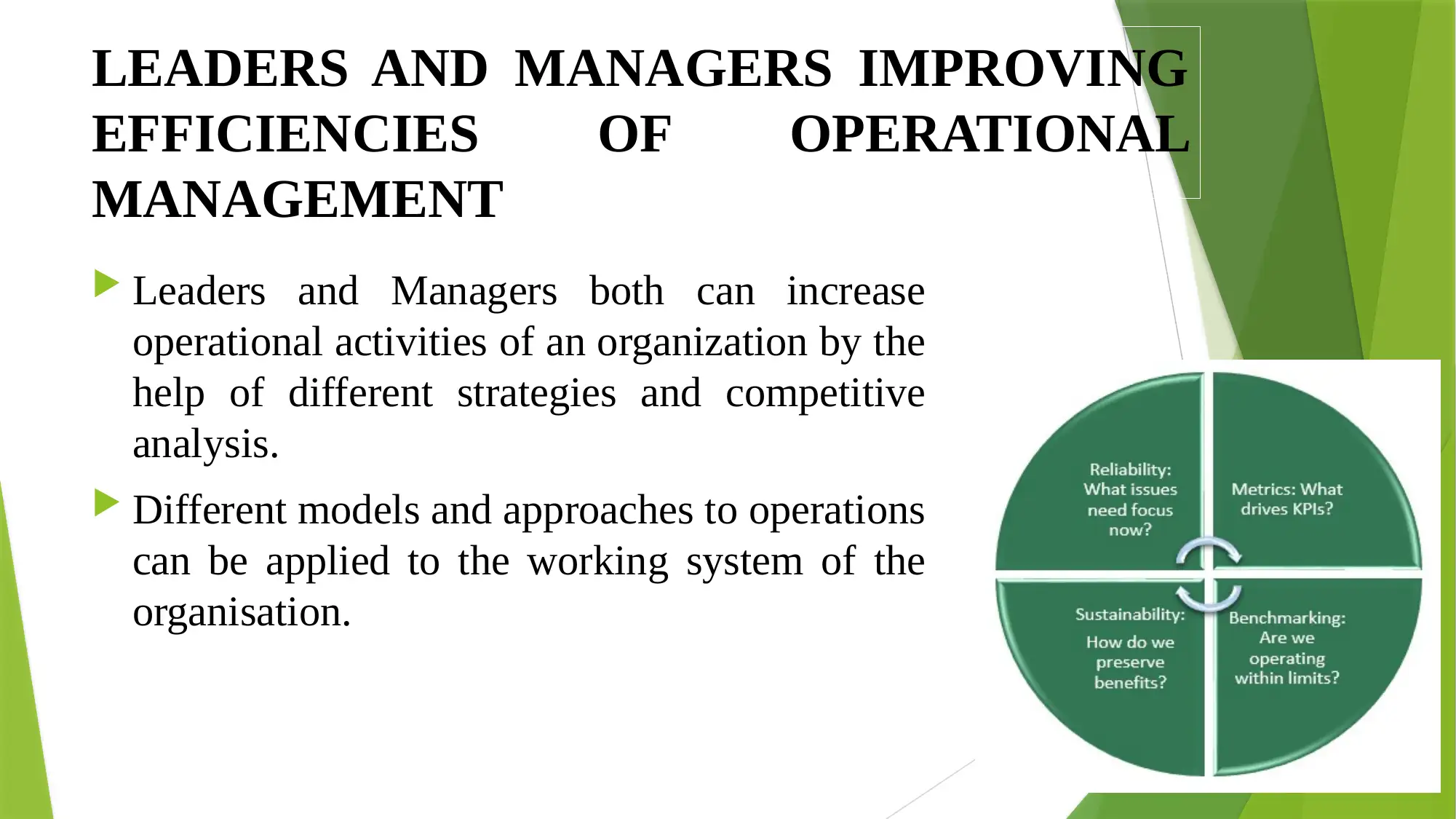






![[object Object]](/_next/static/media/star-bottom.7253800d.svg)